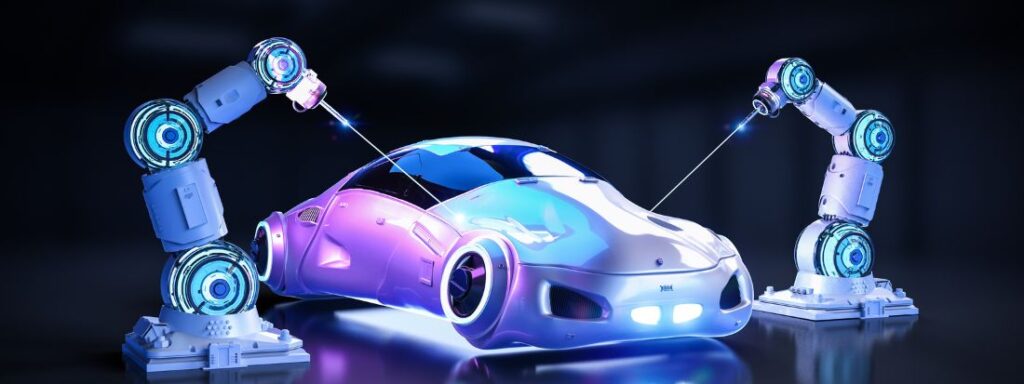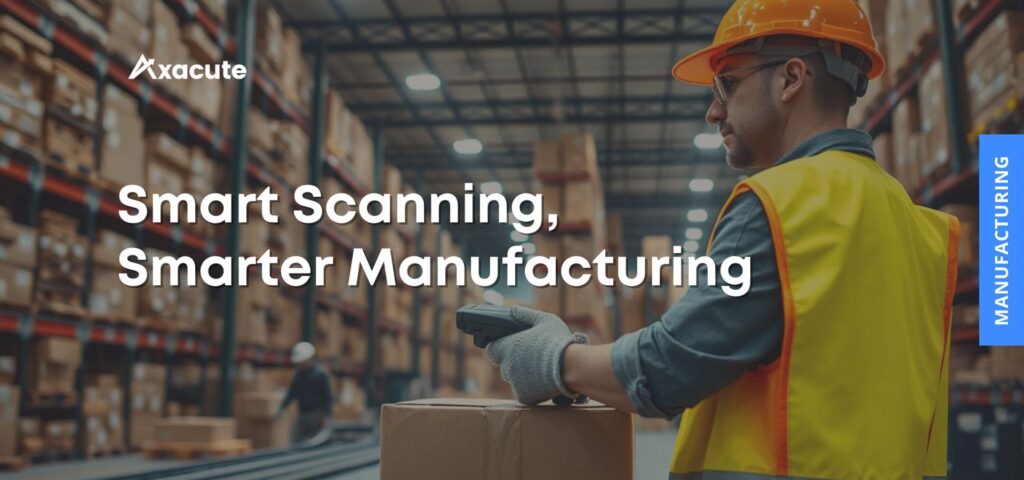The Role of Automation in Manufacturing

Introduction to Automation in Manufacturing
Automation in manufacturing refers to the use of advanced technologies to optimize production processes and reduce reliance on human intervention. Although the concept of automation has existed for centuries, with machines gradually replacing manual labor in different industries, recent innovations such as robotics and machine learning have ushered in a new era of transformation.
Today, this shift represents one of the most significant trends in the manufacturing sector. An increasing number of companies are adopting these technologies to boost efficiency, enhance productivity, and strengthen quality control, all while lowering operational costs.
History of Automation

The roots of automation in manufacturing can be traced back to the early 19th century during the Industrial Revolution, when steam-powered machines began replacing manual labor and driving productivity gains. Later, the introduction of assembly lines by Henry Ford in the early 20th century marked another major leap forward, streamlining production at scale. Today, the industry continues to evolve as companies increasingly invest in advanced technologies to optimize processes and meet the growing demand for greater efficiency.
Benefits of Automation in Manufacturing
1. Increased Efficiency and Productivity
Intelligent technologies greatly enhance efficiency and productivity on the factory floor. Since machines operate faster, more accurately, and without the need for breaks, production runs can be completed more quickly and with fewer errors. At the same time, overall output increases while employees are freed from repetitive tasks, allowing them to focus on higher-value and more complex responsibilities.
2. Reduction in Production Costs
Lowering production costs is another major advantage of intelligent manufacturing. By relying on machines to handle routine tasks, companies can cut back on manual labor and, in turn, reduce expenses tied to wages and training. This shift not only saves money but also allows resources to be allocated more strategically.
3. Improved Quality Control and Consistency
Furthermore, automation in manufacturing ensures greater consistency in the production process, which leads to improved quality control. Because machines can perform the same task repeatedly, every product is more likely to meet the same quality standards. As a result, the risk of errors and defects in the final product decreases, ultimately driving higher customer satisfaction.
4. Safety Improvements
In addition, the use of automated systems can greatly improve workplace safety. Machines are capable of handling dangerous or repetitive tasks that would otherwise put human workers at risk. As a result, the likelihood of workplace accidents and injuries decreases, creating a safer environment for employees.
5. Ability to Scale Production
Scaling production becomes much easier with the help of intelligent technologies. Because machines manage repetitive and complex tasks, companies can increase output without significantly raising labor expenses. As a result, they can adjust quickly to shifts in market demand and maintain a stronger competitive position.
6. Optimization of Inventory Management
Moreover, automation in manufacturing helps optimize inventory management. With machines handling key production processes, companies can better control inventory levels and significantly reduce waste. As a result, they benefit from lower storage costs while ensuring that the right products are available exactly when needed.
7. Sustainability and Environmental Impact
Beyond improving efficiency, automation in manufacturing also supports environmental sustainability. By optimizing production processes, machines help reduce waste and cut energy usage. Consequently, companies lower their carbon footprint while contributing to greener and more sustainable manufacturing practices.
Types of Automation in Manufacturing
There are three types of automation in manufacturing: fixed automation, programmable automation, and flexible automation.
Fixed Automation

Fixed automation is the use of machines that are designed to perform a specific task repeatedly. These machines are not easily reprogrammed, making them suitable for tasks that do not require flexibility.
Programmable Automation
Programmable automation is the use of machines that can be reprogrammed to perform different tasks. These machines are flexible and can be adapted to new tasks as needed.
Flexible Automation
Flexible automation is the use of machines that can adapt to different tasks without the need for reprogramming. These machines are highly versatile and can perform a wide range of tasks.
Challenges of Implementing Automation in Manufacturing
While automation in manufacturing offers many benefits, there are also challenges in implementing it.
High Initial Costs
The initial costs of implementing automation can be high. This includes the cost of purchasing and installing machines, as well as training employees to operate and maintain them.
Need for Skilled Labor
One challenge that comes with intelligent manufacturing is the need for skilled labor to operate and maintain advanced machines. Companies that lack access to a qualified workforce may struggle to implement these systems effectively. Therefore, many businesses must invest in training programs or targeted recruitment to close the skills gap and support long-term success.
Ethical Concerns
On the other hand, increased reliance on automated systems can lead to job losses, which raises ethical concerns about the impact on employees and local communities.
Difficulty in Integration with Existing Systems
Integrating new machines with existing systems can be difficult, especially if the machines are not compatible with the existing technology.
Case Studies: Successful Implementation of Automation in Manufacturing
Tesla
Tesla has implemented automation in its manufacturing process, using robots to assemble cars. This has led to increased efficiency and productivity, enabling the company to produce more cars in less time.
Amazon
Amazon has implemented automation in its warehouses, using robots to handle inventory and orders. This has led to faster order fulfillment and improved efficiency.
Coca-Cola
Coca-Cola has implemented automation in its bottling plants, using machines to handle the bottling and packaging process. This has led to increased efficiency and productivity, enabling the company to produce more products in less time.
The Future of Automation in Manufacturing
The future of automation in manufacturing is bright, with several advancements on the horizon.
Advancements in AI and Machine Learning
Advancements in AI and machine learning will lead to further automation in manufacturing. Machines will be able to learn from their experiences and adapt to new tasks, leading to even greater efficiency and productivity.
Collaborative Robots

Collaborative robots, or cobots, are robots that can work alongside human workers. These robots can assist with repetitive or dangerous tasks, improving safety in the workplace while still allowing for human input.
3D Printing

3D printing is another area of manufacturing that is being revolutionized by automation. 3D printers can create complex parts and products quickly and efficiently, enabling companies to create customized products at a lower cost.
Internet of Things (IoT)
The Internet of Things (IoT) is the connection of everyday devices to the internet. In manufacturing, IoT can be used to create smart factories where machines can communicate with each other and with human workers, optimizing the production process.
Conclusion
Intelligent manufacturing delivers a wide range of benefits, from improved quality control and workplace safety to scalable production, smarter inventory management, and greater sustainability. At the same time, adopting these technologies is not without challenges. High initial investment, the need for skilled labor, integration with existing systems, and ethical considerations all require careful planning.
Even so, many companies have already embraced intelligent solutions and achieved measurable gains in efficiency and productivity. Looking ahead, the future appears promising as advancements in AI, machine learning, collaborative robots, 3D printing, and IoT continue to push the boundaries of what is possible. With the right strategies, businesses can overcome challenges and unlock the full potential of intelligent manufacturing.
Categories
- Axacute Highlights (3)
- Blog (146)
- Distribution (4)
- Features (5)
- Industry (2)
- Inventory (67)
- Manufacturing (72)
- Production (33)
- Technology (30)
- Warehouse (66)
- Wholesale (2)
Related
Benefits of an Inventory Management System
The Hidden Costs of Manual Inventory Management for SMEs
Improve Inventory Management and Cut Waste with Axacute
Smart Scanning, Smarter Manufacturing
Real-Time Warehouse Alerts: How to Prevent Stockouts
Connect Axacute to Your ERP for Smarter Operations
Intelligent Warehouse Setup
Level up your productivity
Get started with Axacute and improve your business operations.








